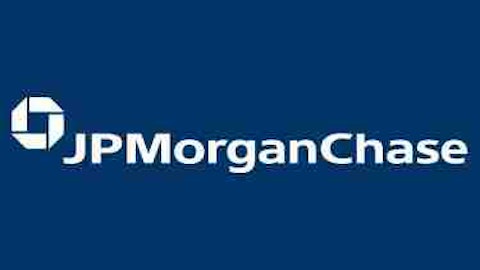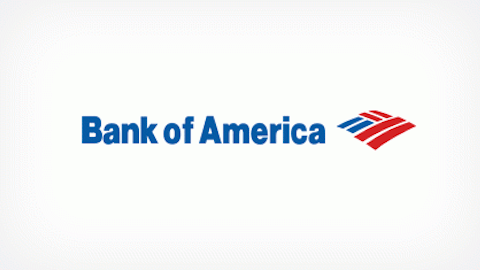It’s been my stance all along that the Dow and S&P 500 are rallying, but for all the wrong reasons. One in particular has been an improving jobs market.
I certainly can’t deny that unemployment has been on a steady decline for years now, which you have to think would bode well for consumer spending and worker productivity. The reality is that in 2013 about three-quarters of jobs created have been part-time in nature. Whether it’s from the upcoming implementation of the Patient Protection and Affordable Care Act, also known as Obamacare, which has corporations cutting workers’ hours to free themselves from any chance of being penalized for not providing health-insurance options to its full-time employees, or simply tight corporate wallets, the labor picture isn’t as sound as it appears.
The labor force participation rate at a new 35-year low should also be a concern for all investors.

Source: Bureau of Labor Statistics.
Some people do drop out of the workforce to go back to college or retire, but I have to believe we’re still a long way away from seeing a big baby boomer-induced retirement surge. Instead, I’d propose that with the majority of jobs available being part-time in nature and the median unemployment stint still ranging close to 37 weeks, unemployed workers are simply too discouraged to keep looking for work and are dropping out of the labor force participation calculation.
The housing market isn’t in any better shape
Another concern that wealthy investors have to have front and center is what will happen to the Dow and S&P 500, as well as the housing sector, once the Federal Reserve begins to pare back its monthly bond-buying program known as QE3. This easy money program has been largely credited with keeping lending rates at historic lows and buoying a struggling housing industry.
However, once QE3 begins to be wound down, there’s a strong possibility that lending rates may reverse a multi-decade downtrend and head higher. Ever since the Fed hinted at the possibility of tapering QE3 back in early May, 30-year mortgage rates have risen by roughly 120 basis points, and mortgage applications, which include refinancing and new home loans, have fallen by a whopping 59%! The American consumer has been spoiled with years of low lending rates and simply isn’t going to bite in great numbers at a rate of 4.5% or higher on a 30-year mortgage, even though we’re still well below the historical average.
If you think I’m making a big fuss about nothing, then just look at the recent layoffs in the mortgage divisions at some of our nation’s largest banks for confirmation of this trend. Bank of America Corp (NYSE:BAC) announced earlier this week that it plans to lay off 2,100 people from its mortgage division as higher interest rates crush refinancing activity. But Bank of America Corp (NYSE:BAC) isn’t alone. Wells Fargo & Co (NYSE:WFC) announced last month that it, too, will jettison 2,300 mortgage segment jobs in lieu of slowing originations activity.





